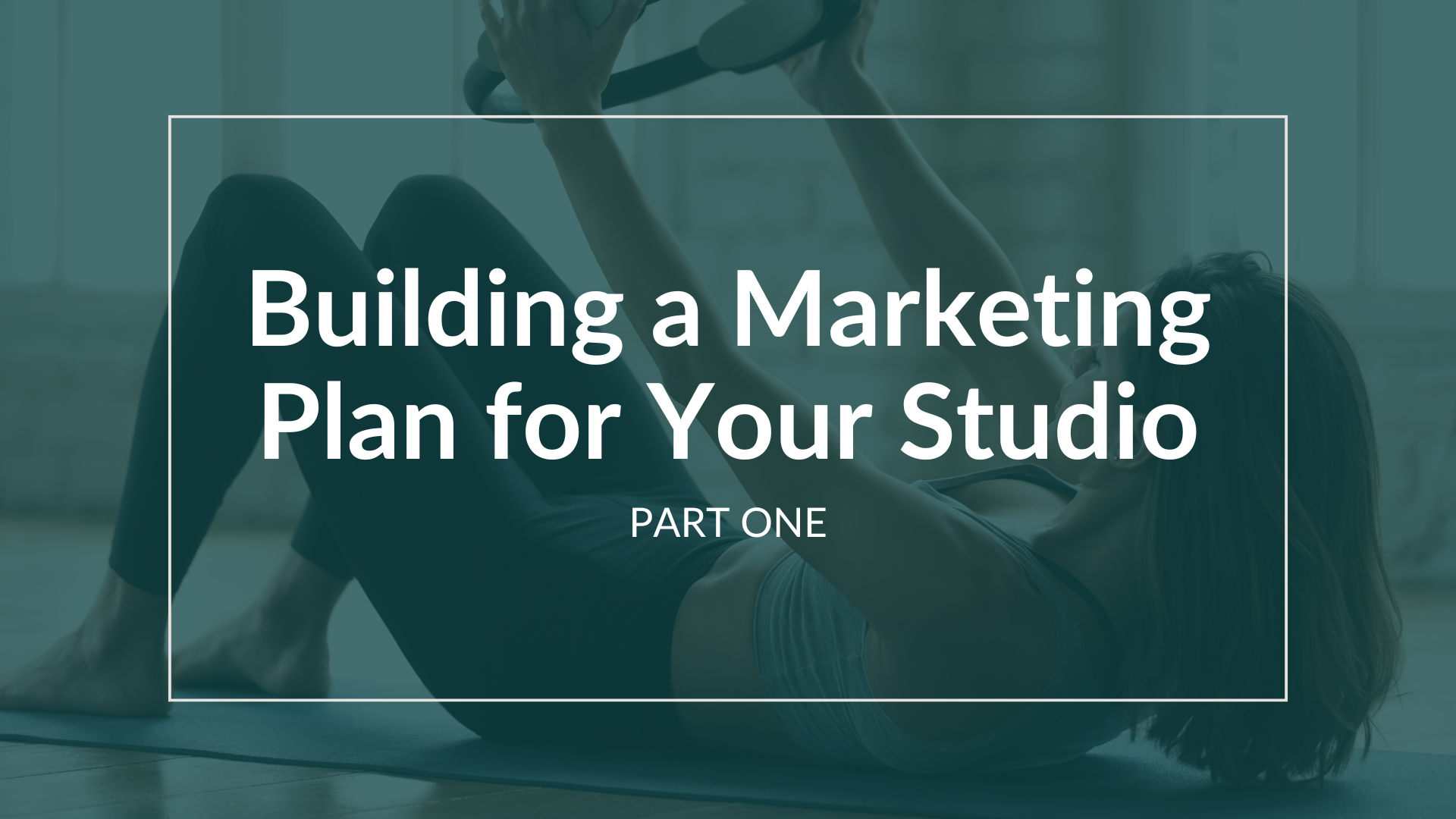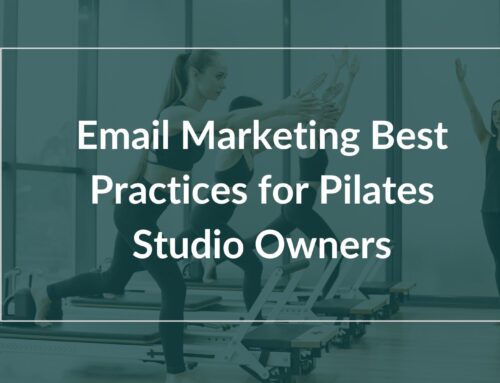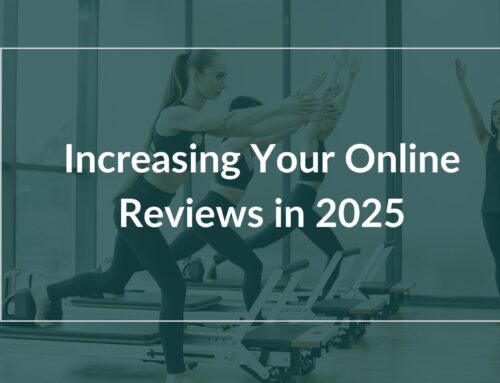As a Pilates studio owner, your goals include spreading the word about the immense benefits of Pilates for your clients’ physical and mental health. But your goals are also to maintain and grow your business, which means drawing in new clients. To do this, you need a strategic marketing plan, complete with online content, digital marketing campaigns, and more.
Pilates studio marketing is unique, but there are a few steps that you can take on your own to ensure that you are getting through to those who matter most.
In Part 1, we’ll focus on the strategic items you need to consider so that your plan is set up. In Part 2, we’ll talk more about implementing your plan.
Step 1: Assess Your Current Pilates Studio Marketing Efforts
The best way to establish a marketing plan is to identify where your existing marketing needs work.
What do your current marketing efforts look like? Consider such things as:
- How you present your studio, including messaging, copy, and graphics
- The type of engagement you’re already getting with potential and current clients
- How well your efforts are getting you a return on investment
Look at just how effective your current strategies are. If some are yielding better results than others, you’ll want to keep some strategies and toss or tweak others.
If you’ve received feedback from existing studio clients about what has and hasn’t resonated with them, be sure to use this within your assessments!
Step 2: Define Your Target Audience
Your target audience is a critical part of your Pilates studio marketing plan. You don’t want to market to everyone in your geographic area. Not everyone is looking to learn about Pilates or looking for a different way to get incredible results. By focusing on those who might be interested, you’ll save yourself time and money.
Explore demographics such as:
- Age
- Gender
- Profession
Also, explore psychographics such as:
- Personality
- Attitude
- Interests
- Lifestyle
You already know who your target audience is based on the kind of people who attend your classes, the kind of music you play, and more. The more you understand your current (and potential!) audience, the more you can effectively define your target audience.
Once you have identified your target audience, it’s important to delve into the nuances of communicating with them. For instance, if your plan for your Pilates studio is targeting new moms, consider channels like local parenting blogs, mom groups on social media, and targeted Facebook ads that highlight classes offering childcare or post-pregnancy fitness solutions. On the other hand, if you’re aiming to attract seniors, partnerships with local community centers and healthcare providers, along with ads in community newsletters, can be more effective.
Moreover, the messaging used in your marketing efforts should resonate with the specific needs and interests of your audience segment. For new moms, emphasize the benefits of Pilates in regaining strength and wellness post-childbirth, and for seniors, focus on how Pilates can improve flexibility, balance, and overall quality of life. Tailoring your message to address the unique motivations of each demographic not only enhances engagement but also significantly increases the chances of conversion.
By employing a targeted approach in both channel and message, you create a more personalized and appealing marketing campaign that speaks directly to the needs and desires of your audience, making your Pilates studio the go-to option for their fitness journey.
One important note: You may find that while your clientele all fit a certain customer persona, you have an opportunity to reach a new audience with targeted marketing. This is a great time to consider who you aren’t reaching who you’d like to see more of in your studio! For example, Pilates studios often see many more women than men in their client list. If you’re interested in drawing in more men, look at what you’re offering and think about what would appeal to a male clientele! Then market your offerings to get the word out there.
Setting Clear Marketing Objectives
Every marketing campaign has an objective. For some studios, the objective may be to raise awareness about a studio opening or create classes for a new niche. For others, the objective may be to sell more memberships or book more classes.
Be honest about what your marketing goals are based on where you’re at with your Pilates studio. You may have very different objectives as a newly opened studio in comparison to one that has been well-established in the community for a few years. If you have many competitors, you’ll want to focus on what makes your studio unique. If you have fewer competitors, you’ll want to focus on educating your community around the benefits of Pilates.
Make sure your objectives meet most or all of these goals, adapted from the SMART goals process:
- Specific: Be specific about what you want to accomplish with your marketing, such as boosting online enrollment, gaining attendees for a workshop, or filling a new class.
- Measurable: Make sure that your objective is measurable so you can identify when it has been accomplished. You could measure your objective with a return on investment percentage, a dollar amount, or even an attendance number.
- Relevant: Ensure that the objective is relevant to your Pilates studio, your target audience, and even your geographic location.
Your business goals and mission statement should be used to help you clearly identify your objectives. While you may be able to “borrow” ideas from other businesses in your area, the objectives for your marketing plan should be entirely based on your business, your goals, and your current status as an open and operating Pilates studio.
Get Started
There’s no time like the present when it comes to marketing your Pilates business! If you’re frustrated by your current marketing efforts, take the time to get organized and consider taking a more comprehensive approach. When you have a strategic marketing plan, you’ll increase profits and ensure that your message is getting to the right target audience.
Getting started can feel overwhelming, but the best time to start is today. Reach out if you have any questions or comments, and stay tuned for part two!
Sign Up for Our Newsletter
Sign up for our bimonthly newsletter for tips and tricks about running your Pilates business. Plus, you’ll be the first to know when we publish in-depth content like this article, and you’ll have access to exclusive resources and downloads.





